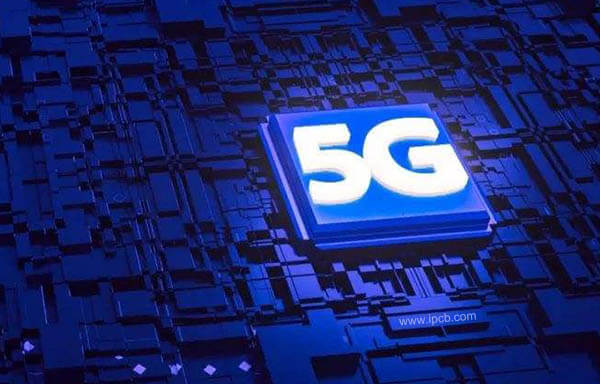With the dawn of the 5G era,network base stations and user equipment (such as mobile phones) are becoming thinner and smaller,and their energy consumption is getting lower and lower.Printed circuit boards (PCBs) used in many RF applications are also shrinking in size to accommodate smaller devices.A typical RF front-end consists of switches,filters,amplifiers, and tuning components.In 5G applications such as mobile phones,small base stations,antenna array systems and Wi-Fi,the RF front-end is becoming a complex and highly integrated system package.
As a core component,what technical improvements have been made to the RF front-end module?

5G RF technology
1.Gan Technology
Gallium nitride (GAN) is a binary III/V bandgap semiconductor that is very suitable for high-power, high-temperature-resistant transistors.
Some important characteristics of gallium technology are as follows:
Reliability and Robustness: Gallium Nitride is more power efficient and therefore has lower heat output. Using gallium nitride eliminates these costly heat dissipation methods.
Low current consumption: Gallium nitride reduces operating costs and generates less heat. Additionally, low current helps reduce system power consumption and power requirements.
Power capabilities: Gan devices provide higher output power than other semiconductor technologies.
Frequency bandwidth: GaN has high impedance and low gate capacitance, allowing for wider operating bandwidth and higher data transfer speeds.
Integration: 5G requires smaller solutions, driving vendors to replace large-scale, multi-technology, discrete RF front-ends with single, fully integrated solutions.
2.Bulk acoustic wave filtering technology
Surface acoustic wave (SAW) filters and bulk acoustic wave filters (BAF) have the advantages of small footprint, excellent performance, economical and applicable.
Bulk acoustic wave filters are best suited for frequency bands from 1 GHz to 6 GHz, and surface acoustic wave filters are best suited for frequency bands below 1 GHz.
For smartphone designers, 5g is a challenge for battery life and motherboard space.
Not surprisingly, the number of filters installed in mobile phones has increased dramatically from 4G to 5G, with carrier aggregation being a major factor contributing to the increase.
3. RF technology, packaging and design
The RF front-end consists of several semiconductor technology devices. Many 5G applications require multiple processing technologies, design techniques, integration methods, and packaging methods to meet the needs of each unique use case.
For 5g frequency bands below 7GHz, the corresponding RF front-end solutions require innovative packaging methods, such as improving the compactness of component arrangement, shortening the line length between components to reduce losses, adopting double-sided installation, zone shielding, and using higher quality Surface mount technology components.
All 5g use cases require RF front-end technology. The choice of RF semiconductor technology is different depending on the performance requirements of the RF function, frequency band and power level.